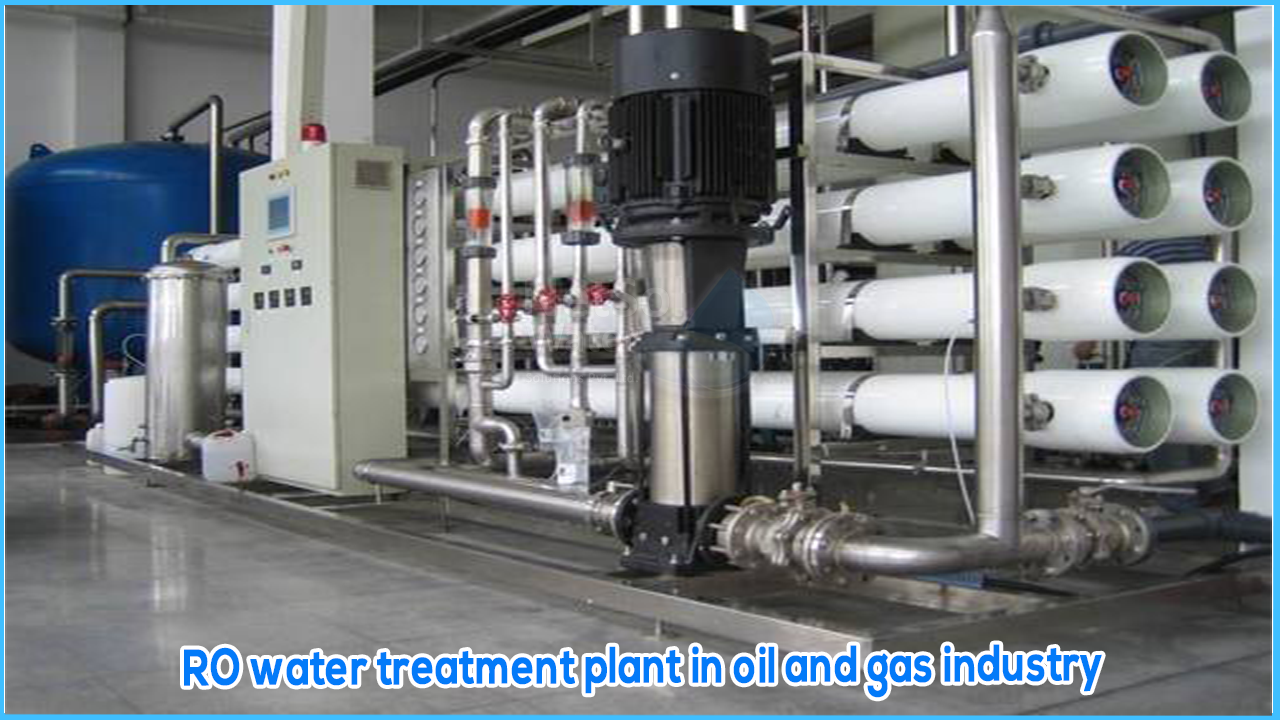OIL AND GAS PRODUCED WATER- AN OVERVIEW
During oil and gas exploration and production, produced water (PW) is the greatest wastewater stream (brine) that is brought up from the hydrocarbon bearing formation strata. It is a mixture of formation water, seawater, or fresh water that has been trapped beneath hydrocarbons in porous reservoir material for millions of years. Water injection is not employed in gas fields, implying that the PW in a gas field is a combination of formation and condensed water. As a result, the volume of PW produced by a gas field has been reported to be lower than that produced by an oil field. Furthermore, the acidity of PW from a gas field has been observed to be higher than that of PW from an oilfield, which could be attributed to the presence of dissolved CO2 and H2S acidic gases in the former
Composition of Oil and Gas Produced Water
Composition of oil and gas PW is complex, and it includes dissolved oil, dissolved hydrocarbons, dissolved gasses (particularly hydrogen sulfide and carbon dioxide), organic acids, phenols, metals. In addition, PW contains residues of production chemicals (additives) that are rigorously regulated in most countries and whose compositions do not contribute to an increased pollution load in PW. These refractory organic chemicals, such as benzene, toluene, ethylbenzene, xylene (BTEX), polycyclic aromatic hydrocarbons (PAHs), phenols, organic acids, waxes, surfactants, and biocides, are deposited as primary contaminants in PW.
Oil and Gas Produced Water Treatment: Concern and Importance
Oil and gas PW treatment must meet water quality requirements imposed by regulatory organisations, either for discharge/reuse or to ensure the energy sector's long-term viability. The disposal of unprocessed oil and gas PW, which contains a variety of toxic elements, may jeopardise the environment's long-term viability. The chemical and physical features of PW must be understood in order to determine an acceptable method for lowering the content of these hazardous compounds in PW to a permissible level prior to disposal or fit-for-purpose reuse. Appropriate management strategies must be implemented in order for oil and gas PW to be safely disposed of and/or reused without causing environmental harm, as well as for the energy sector's long-term sustainability.
Reverse Osmosis in Oil and Gas Industry
Membrane processes offer several advantages over conventional treatments such as compact module, lower energy consumption, environmental friendliness and high quality product independently on fluctuations in feed quality. The pore size of reverse osmosis (RO) is 0.001 m, which is less than that of NF. It removes impurities as small as 0.0001 m with ease. With proper pre-treatment, RO membrane technology has been reported to be effective for PW therapy, with a life expectancy of 3–7 years. All ionic species are rejected, and only water molecules pass across the membrane, with a rejection rate of greater than 99 percent for solutes in water. The primary parameters that determine the efficiency of membrane technologies are PW quality, solids load, and fouling formation during treatment. These problems can be solved with a combination system that combines low-pressure membrane filtration with high-pressure membrane filtration. In summary, membrane separation technology has shown tremendous potential for the treatment of generated water because of its superior effluent quality, larger organic loading, lower sludge production, long-term reusability, and small footprint compared to the traditional activated sludge process. Membrane fouling, which affects effluent quality, increases energy consumption, and requires more frequent cleaning, thereby shortening the membrane's life span and increasing operating costs. At this purpose, the vibrating membrane technology process is a technology that limits membrane fouling. An example of Reverse Osmosis Process applied to produce water treatment.

Reverse osmosis application to the produced water
Conclusion
Water treatment is an important and crucial aspect of both oil and gas production operations for a variety of reasons. The hydrocarbon production system could be shut down if the water treatment system is designed incorrectly or if the system's operation is not optimised. A shutdown like this might have to endure until the problem is fixed, resulting in a huge loss of revenue.



